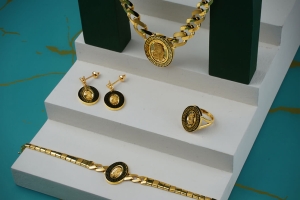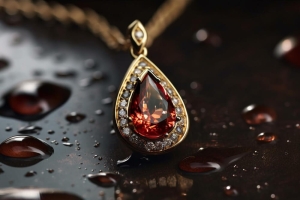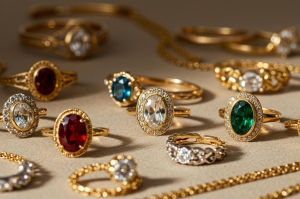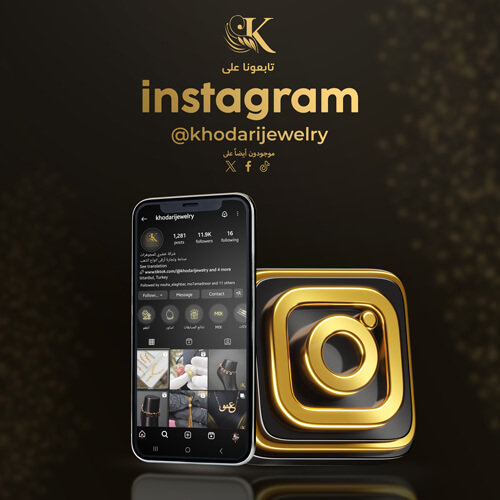
Rhodium: Unique Brilliance in the World of Precious Metals
Introduction:
Rhodium is a member of the precious metals group, renowned for being one of the rarest minerals on Earth. With its brilliant silver color and unique properties, rhodium has gained significant fame in various industries. It is primarily used in jewelry and electronics but also finds important applications in chemistry and medicine.
Physical and Chemical Properties:
1. Color and Appearance:
Rhodium exhibits a shiny silver color, making it desirable as a raw material for exquisite jewelry.
2. Density:
Rhodium's high density, approximately 12.4 g/cm³, sets it apart, making it heavier than gold.
3. Melting Point:
The melting point of rhodium is around 1,966 degrees Celsius, indicating its stability at high temperatures.
4. Corrosion Resistance:
Rhodium is known for its high resistance to corrosion and oxidation, making it ideal for use in harsh environments.
Uses:
1. Jewelry:
Rhodium is commonly used in the composition of jewelry alloys, enhancing their luster and giving them a luxurious appearance.
2. Electronics:
Rhodium is utilized in electronic applications, such as thin wires and electrodes, due to its ability to withstand harsh environmental conditions.
3. Catalysis:
Rhodium is a crucial component in many chemical reaction processes as a catalyst, especially in the chemical industry.
4. Medicine:
Some advanced medical tools, like heart wires and precision medical devices, incorporate rhodium materials due to their corrosion resistance.
Challenges:
Despite the benefits of using rhodium, challenges related to its rarity and availability contribute to its significantly high price.
Conclusion
Rhodium plays a crucial role in various industries, from jewelry to electronics, thanks to its unique properties. Despite its rarity and high cost, rhodium continues to contribute significantly to improving and advancing technology across different sectors.






